Automation beyond the factory
For a long time, when people talked about automation, the most common image was of robots on assembly lines. Today, this vision no longer reflects reality. This is because automation has become digital and strategic, playing a central role in the modernization of companies that want to remain competitive.
Beyond simply cutting costs or accelerating tasks, intelligent automation connects systems, streamlines complex processes, and transforms the way IT and businesses operate. This guide presents the pillars of modern automation and how to apply it to critical areas such as ITSM, ITOM, ITAM, and CMDB (Configuration Database), which underpins the entire digital ecosystem.
Therefore, to understand the impact of automation, it is essential to understand its layers, which range from performing simple tasks to making intelligent decisions.
IT Process Automation (ITPA): the basis
The first step is to automate repetitive, error-prone tasks, such as creating access points, installing software, or opening support requests. IT Process Automation (ITPA) takes this further, connecting different systems into end-to-end workflows. This way, activities that previously required multiple teams can now be completed in minutes, without manual intervention.
Robotic Process Automation (RPA): The Digital Workforce
RPA introduces software "robots" that mimic human actions: clicking, typing, filling out forms, or navigating legacy systems. This allows for process automation even on legacy platforms without modern APIs. Bots can act autonomously or with assistance, ensuring agility and accuracy at any time of day, freeing teams for tasks of greater strategic value.
Artificial intelligence and machine learning: the brain
While RPA executes rules, Artificial Intelligence (AI) and Machine Learning (ML) help create and refine them. ML analyzes large volumes of data, identifies patterns, and predicts incidents before they become critical, making automation proactive.
However, Generative AI goes a step further: instead of simply interpreting data, it creates new content, such as scripts, summaries, or insights. This evolution makes automation more interactive and accessible, allowing managers to request solutions in natural language. Platforms like ServiceNow already integrate intelligent workflows, ML, and generative AI to enhance IT management.
The value of automation is revealed when applied to real-world problems. Integrated into a single platform, it transforms key areas of IT and business.
ITSM: intelligent support
Traditional, slow, human-reliant support gives way to an intelligent model. AI-powered chatbots resolve simple requests, while ML algorithms route complex cases to the right specialist. Automated workflows install software and grant access without human intervention.
With AIOps, automation detects failures, initiates calls, identifies the cause, and automatically initiates fixes. The result is more agile IT, with greater user satisfaction and reduced downtime.
ITOM: proactive operations
Managing cloud, hybrid, or multi-cloud environments manually is unfeasible. AIOps collects data from multiple tools, filters out irrelevant alerts, and triggers automatic responses. This allows IT to shift from acting as a "firefighter" to acting as an "architect" of a self-healing infrastructure.
For this, the CMDB is essential. After all, it provides the "map" of the infrastructure, showing relationships between services, assets, and applications. The more up-to-date and accurate it is, the more effective the automation will be.
ITAM and SecOps: asset and security management
In the digital age, ITAM isn't just inventory, it's a strategic tool. Automating the discovery and categorization of hardware and software ensures cost control, audit compliance, and risk reduction.
The real difference arises when ITAM connects to SecOps. If unlicensed software is identified, a security workflow can automatically isolate the machine. In the event of a global vulnerability, automation queries the CMDB, identifies the affected systems, and applies patches immediately, preventing critical breaches.
Automation is a journey. To ensure success, you need to balance benefits and risks.
Clear Benefits
● Cost reduction: less manual work, fewer errors.
● Productivity: faster and more accurate execution, 24/7.
● Quality: standardized processes, with fewer errors.
● Agility: quick adaptation to market changes.
● Focus on strategy: freeing the team for innovation.
Risks and Precautions
● Automate what doesn't work: Inefficient processes will only be replicated at scale. First, optimize.
● Integration complexity: connecting legacy systems requires planning.
● Security: poorly protected tools can open doors to attacks.
● Organizational culture: it is essential to invest in training and communication to reduce resistance.
● Generative AI: risks of hallucinations, privacy and data misuse require robust governance.
The next step on the journey is hyperautomation, which involves integrating technologies like AI, ML, RPA, and low-code/no-code platforms to automate end-to-end processes. More than just automating, it seeks to continually identify what can be optimized, creating a true "automation factory" within the company.
Trends that are already shaping this future
● Autonomous AI agents: assistants that don’t just suggest, but execute.
● Accessible automation: low/no-code platforms democratize the creation of flows by any employee.
● Cognitive automation: systems capable of dealing with unforeseen scenarios and learning continuously.
Hyperautomation is not just a technological trend, but a new business operating model. The challenge now is not to "automate processes," but rather to create an ecosystem where people and machines work in synergy.
Conclusion
Automation is no longer an option; it has become a strategic pillar for companies seeking growth, risk reduction, and innovation. Whether in ITSM, ITOM, ITAM, or CMDB, each area gains efficiency, intelligence, and adaptability. The future of hyperautomation is already underway. Companies that embrace this transformation today will be ahead tomorrow, with agile, resilient operations prepared for any scenario.
This article was produced by Rafael Ribeiro, Software Engineer at 4MATT.



